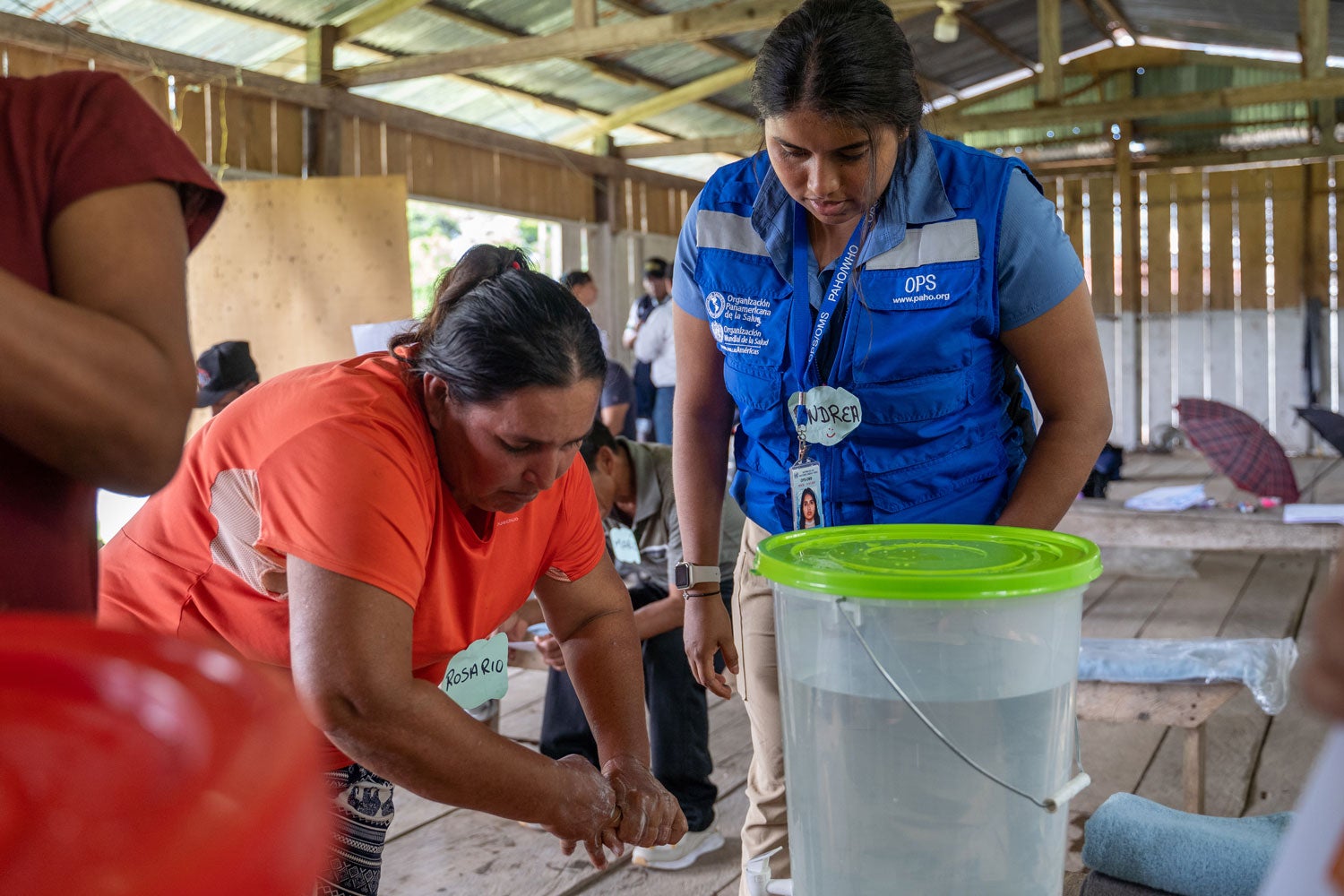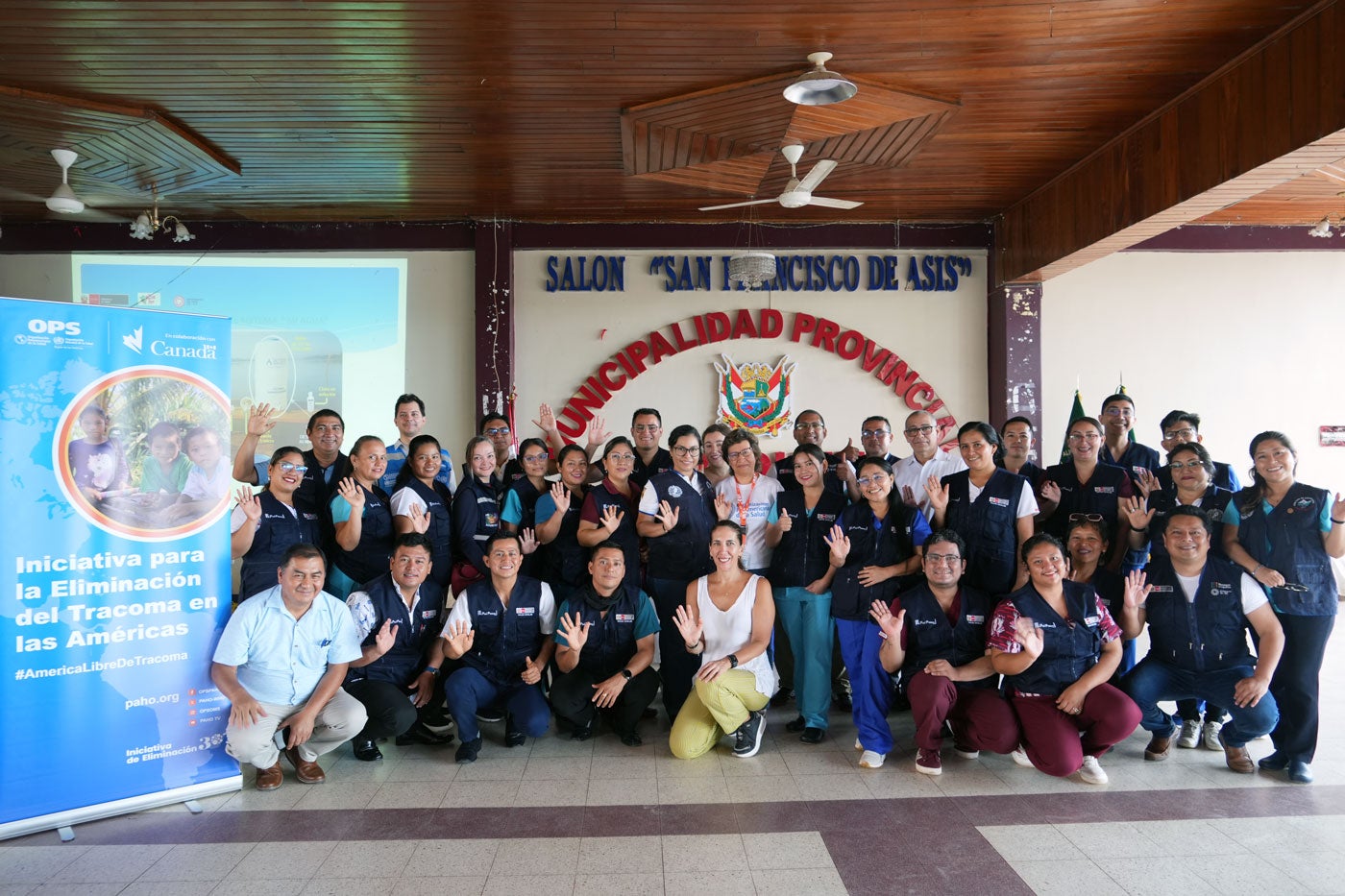Eliminating Trachoma as a Public Health Problem in Loreto
The isolated Loreto region of Peru faces a persistent threat: trachoma. This endemic and neglected disease, primarily affecting women and children, causes immense suffering. The bacterial infection, Chlamydia trachomatis, is one of the leading causes of preventable blindness in the world. The project, which will run from 2023-2028 is dedicated to eliminating trachoma across ten countries in the Americas, with Loreto as a priority. This intervention is crucial, as addressing the region’s limited access to basic services can prevent the spread of trachoma and other diseases rooted in social and environmental conditions.
By implementing a ‘cascade’ working model, PAHO, in partnership with national and local stakeholders, is building the capacity of key actors to deliver vital community care. The World Health Organization’s (WHO) SAFE strategy, tailored to the Peruvian Ministry of Health’s priorities, drives this initiative, with a focus on improving facial hygiene and environmental sanitation. With Canada’s support, this integrated approach propels the nation toward trachoma elimination as part of PAHO’s broader Disease Elimination Initiative.
To evaluate the impact of their collaborative efforts, teams from Global Affairs Canada and PAHO traveled to Requena province in February 2025, engaging with local authorities to discuss project advancements, obstacles encountered, and the efficacy of implemented solutions for improving community health and living standards.
Concluding the visit, Myriam Tison, Senior Official of Global Affairs Canada, stated, “We witnessed firsthand in Requena, Loreto, the development of intercultural SAFE strategy resources, water quality planning for ‘Miagua’ kits in seven communities, and hygiene workshops. This reinforces Canada’s strong partnership with PAHO and the Peruvian Ministry of Health, supporting projects that prioritize equitable access, vaccination, trachoma elimination, and the well-being of vulnerable women and adolescents.”
Through this collaborative effort, authorities at various levels are strategically engaged and committed to enhancing living conditions, building health personnel capacity for disease identification and treatment, and fostering community awareness of prevention and early intervention.





